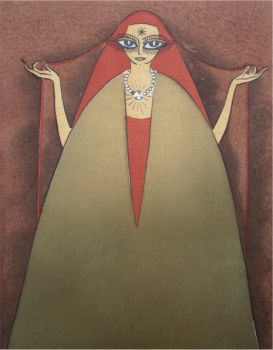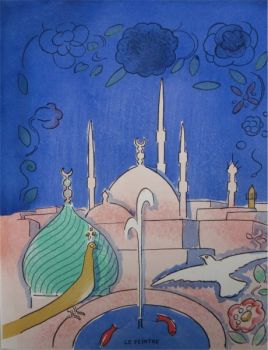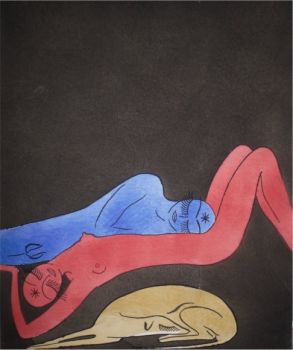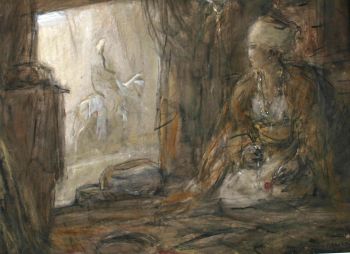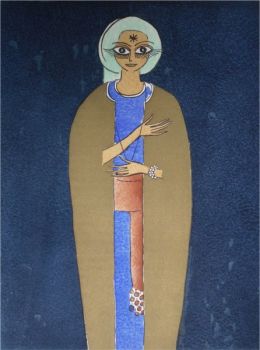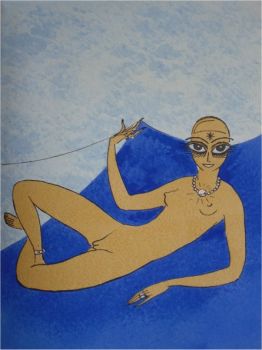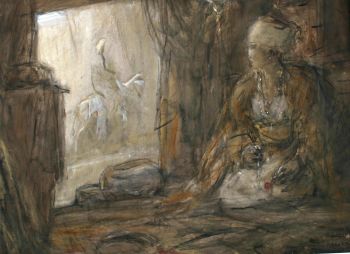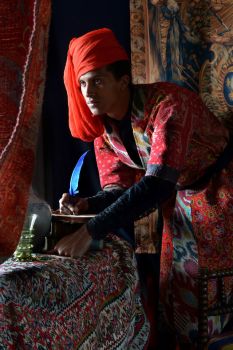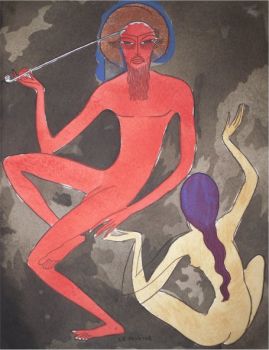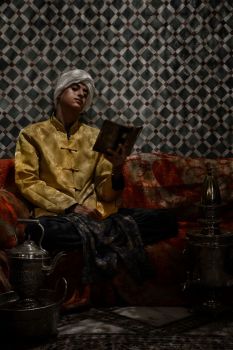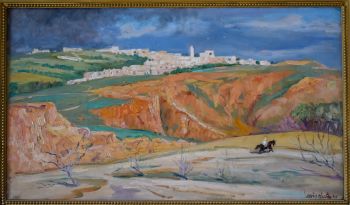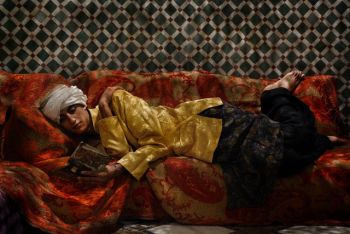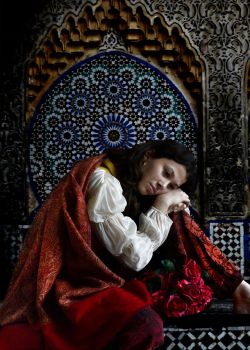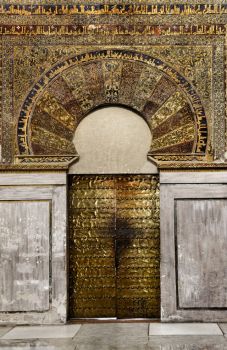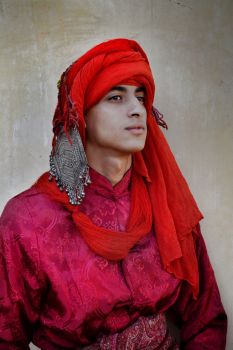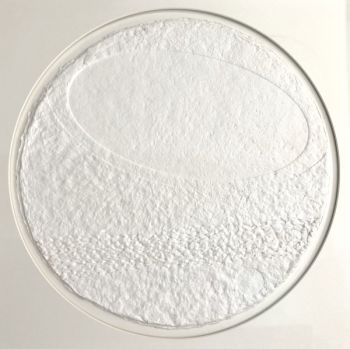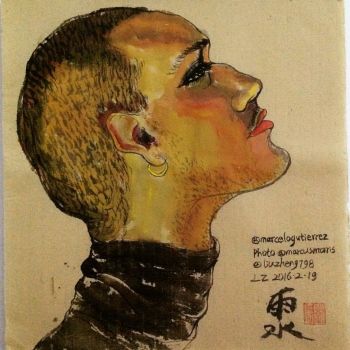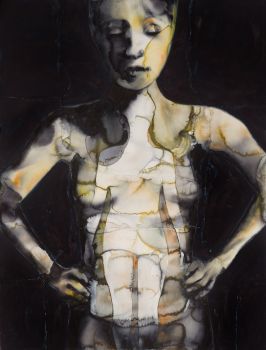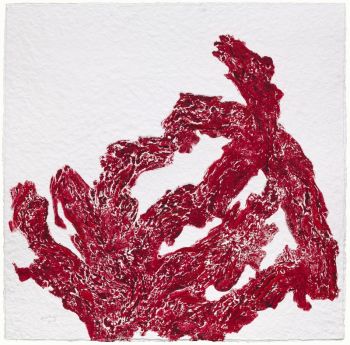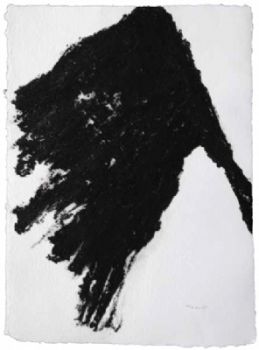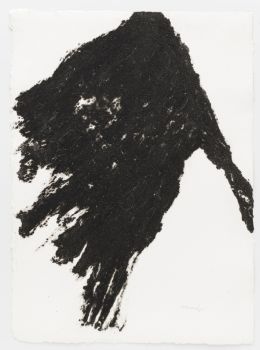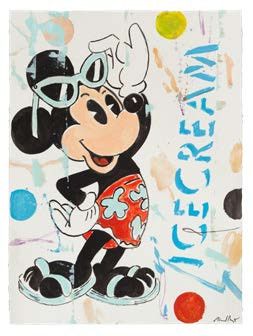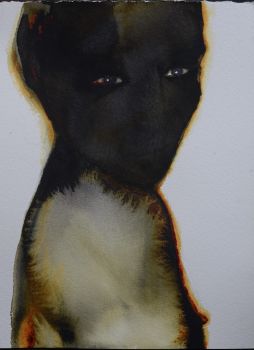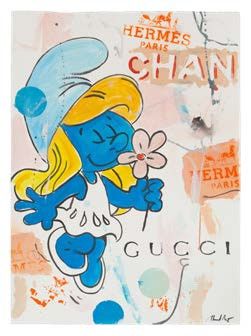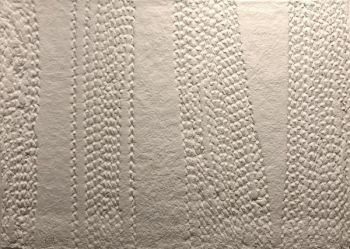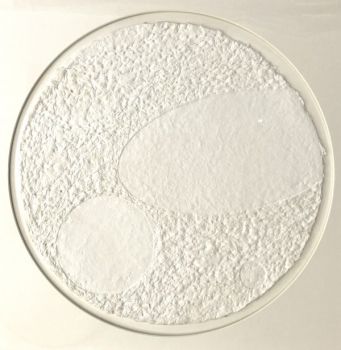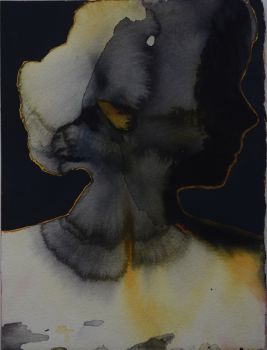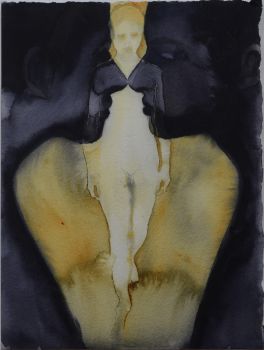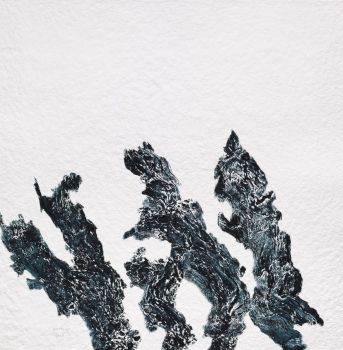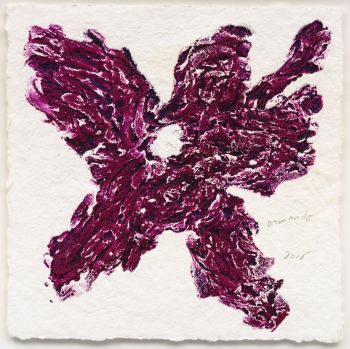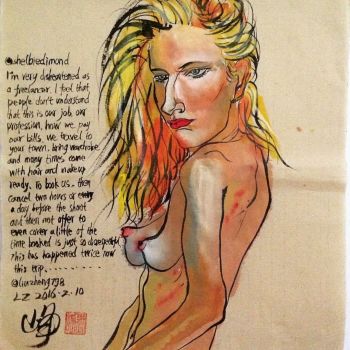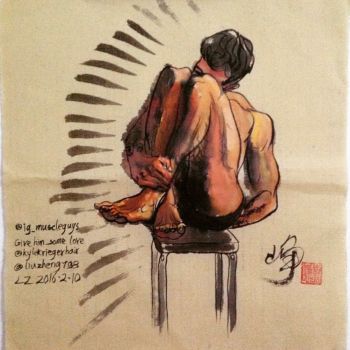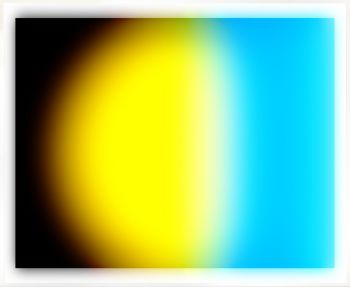Best edition of a classic Arabic grammar, with fables, proverbs and quotations 1656
Thomas van Erpe (Erpenius)
PaperHandmade paper
Currently unavailable via Gallerease
- About the artworkGrammatica Arabica; cum varia praxios materia, cujus elenchum versa dabit pagella.
Leiden, Johannes Maire, 1656.
2 parts in 1 volume.
4to.
Mid 19th-century half tan calf, gold- and blind-tooled spine.
Third edition, expanded and edited by Jacobus Golius, of Erpenius's classic Arabic grammar. The present edition is augmented with an Arabic chrestomathy that Fabricius had published in 1638.
Erpenius (1584-1624) revolutionized Arabic scholarship in Europe and made the Netherlands the most important European centre of Arabic studies before he died of the plague in 1624. His grammar remained the standard work in the field for two centuries.
With the owner's inscription on a free endleaf, and a meticulously lettered note on p. 42 of the Lockman fabels. Some small defects, but otherwise in very good condition, with only a small marginal tear repaired and an occasional minor and mostly marginal spot or stain. Binding with a restoration at the head and foot of the spine but otherwise good, with slight wear at the hinges and extremities. The best edition of a classic Arabic grammar.
Schnurrer 81 & 220; Smitskamp, Philologia orientalis 72; STCN (7 copies). - About the artistThomas van Erpe/Thomas Erpenius (1584, Gorinchem – 1624, Leiden), also known as Thomas van den Erpe, was a famous Dutch orientalist. After studying oriental languages - Scaliger advised him to do so – and theology at Leiden, he travelled in Europe. Staying in Paris he made friends with Casaubon, a celebrated classical scholar and philologist. In Paris he also took lessons in Arabic and in Venice he studied Turkish, Persic and Ethiopian languages.
Erpenius was appointed professor of Arabic and other oriental languages at the Leiden University in 1613. He set up a printing office there for Arabic and other oriental languages. He printed his first edition of Luqman’s fables as his first trial publication (without vowel points for Arabic types). The annotations he made for his own copy were incorporated in the second edition ( with vowel points) of 1636. Lukman’s animal fables were an important part of pre-Islamic Arabic culture and are still popular today. Erpenius’ library was transferred to Cambridge University Library in 1632. He produced many works, among others grammars of several oriental languages: Arabic, Hebrew, Chaldean, Syrian.
Artwork details
Related artworks
Antonie Derkinderen
Memory book Exhibition of Dutch Painting1892
Price on requestKunsthandel Pygmalion
Engelbert Kaempfer
ENGELBERT KAEMPFER BOOK1651 - 1716
Price on requestZebregs & Röell - Fine Art - Antiques
Tilmanus Nicolaus Maastricht
Missale Romanum with Dutch silver mounts1788 - 1792
Price on requestJacob J. Roosjen SRI
LAWRENCE WEINER
"SKIMMING THE WATER [MENAGE A QUATRE]" Signed book plus small artwork2010 - 2014
Price on requestGallerease Selected
Yoko Ono
YOKO ONO: "ARISING" SIGNED BOOK PLUS SMALL ARTWORK 2010 - 2014
Price on requestGallerease Selected
Antonie Derkinderen
Memory book Exhibition of Dutch Painting1892
Price on requestKunsthandel Pygmalion
Engelbert Kaempfer
ENGELBERT KAEMPFER BOOK1651 - 1716
Price on requestZebregs & Röell - Fine Art - Antiques
1 - 4 / 22Unknown artist
IMPORTANT AND RARE LARGE INDIAN 'COMPANY STYLE' PAINTING ON IVORY DEPICTING A PARADE1850 - 1900
Price on requestZebregs & Röell - Fine Art - Antiques
 Curated by
Curated byDanny Bree
Elisabeth Treskow
Afghan lapis lazuli inlaid with gold on a silver stand1950 - 1960
Price on requestJacob J. Roosjen SRI
1 - 4 / 24- 1 - 4 / 24

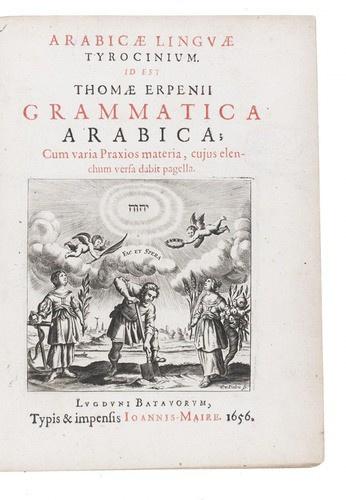









!["SKIMMING THE WATER [MENAGE A QUATRE]" Signed book plus small artwork by LAWRENCE WEINER](https://media-2.gallerease.com/images/442bfd5f-fc31-4e18-a2fa-ee0c08eade64/350x350/skimming-the-water-menage-a-quatre-signed-book-plus-small-artwork.jpg)













